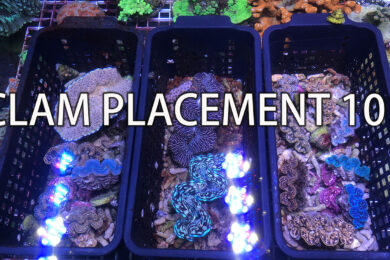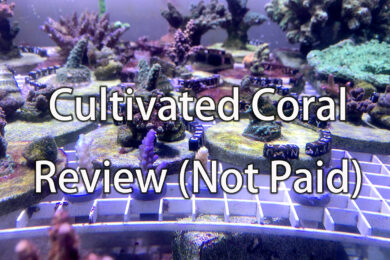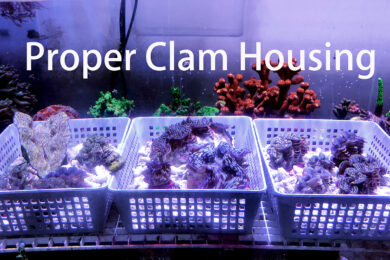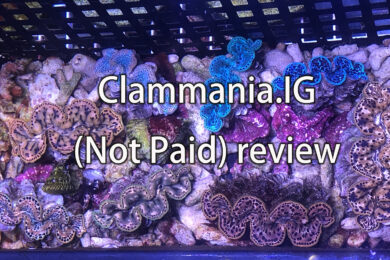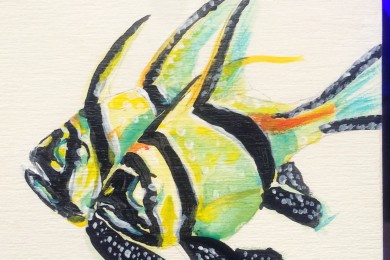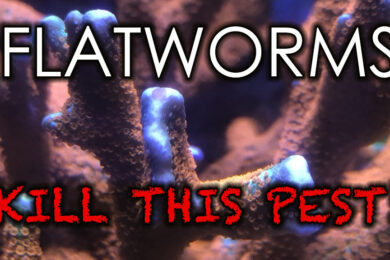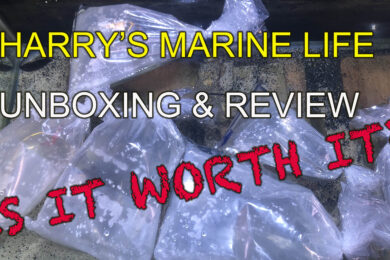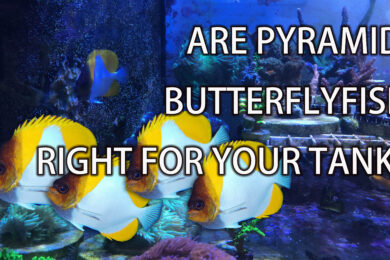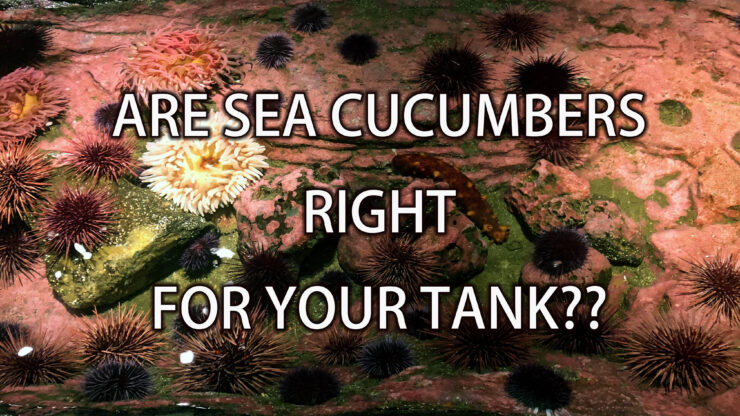Hello Everyone, welcome back to my blog. Steven here! Thank you so much for taking time to enjoy the topics we discuss here. Please help support me by liking and subscribing my videos and contents. I look forward to share more everything reef related topics with you!
Feel free to skip the rest of the article by opening this video:
Today we continue our “Is _____ right for your tank” series by discuss sea cucumber. Sea cucumbers are part of the echinoderm family. Echinoderm means spiky skin. members of this family include sea cucumbers, starfish, and urchins, all of which possess “spiky skin”. But many other marine creature may also contain spiky skins, so what is common among starfish, sea cucumber, and urchins? The answer lies in their cross section. If you are to view these creature from the angle of their mouth and slice their bodies from this view, you’d find them all to possess a pentagonal structure of various outlines.
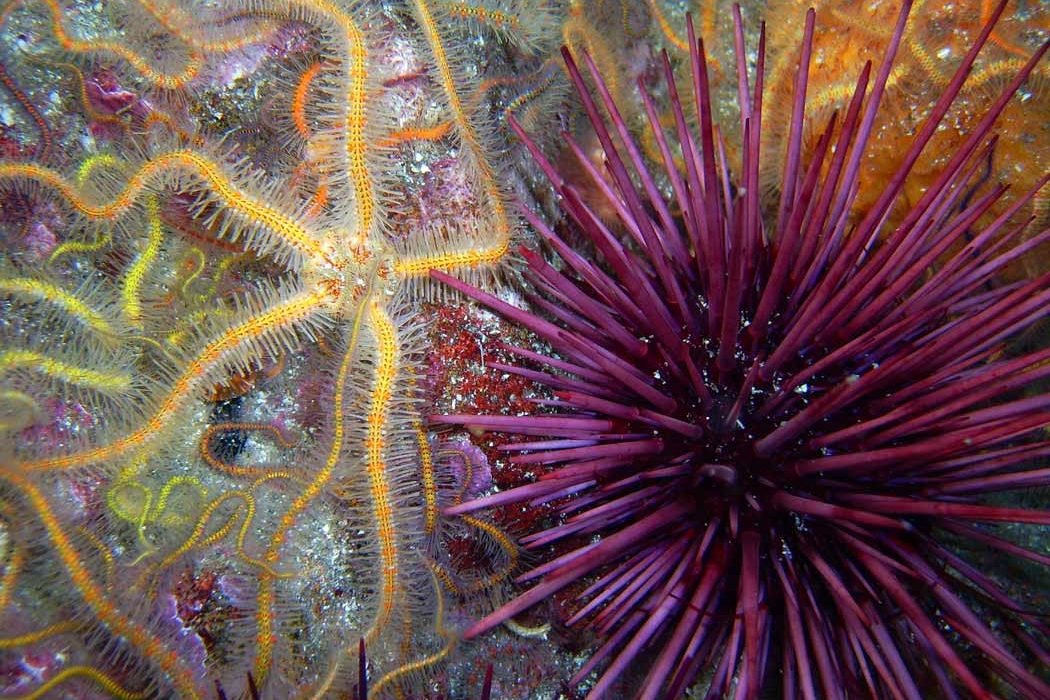
We will discuss starfish and urchins fitness to your tank in a separate chat. Today let’s focus on sea cucumbers. Unlike their urchin and starfish armored relatives, the sea cucumber typically do not have calcified armor deposit above their skin layer, leaving them vulnerable to predators, extreme temperature, and water pressure.
Although they lack the protective armor that urchins and starfishes do, they possess something even more deadly- their internals. When stressed, sea cucumbers can expel their entire digestive tract, which I would assume is nasty tasting, to deter predators. the digestive tract is very potent and can wipe out all creatures in its vicinity. Hence the term “nuke” you may hear some hobbyists call it. Yes, cucumbers possess the potential of “nuking” your entire tank, wiping all living organisms off including fish, other inverts, and corals off.

The is only a handful of sea cucumber species that are popular in today’s aquarium trade, and all of them stay in relatively managible size for average aquarists’ tanks. There are two main types: those who swipe, and those who catch. The tiger tail sea cucumber (there are a dozen or more different species with this name) is a good representative of the “swiping kind” as they spill out their feeding tentacles, capture small objects and ingest into their system. The sea apple on the other hand, is a good representative of the “capturer” as it waves its tentacles in the water column in attempt to capture food in the flow.

Given the specific feeding preferences between the two types of sea cucumbers, if you are considering either of them for your tank, I suggest you ask yourself these questions:
For Food swiping cucumbers:
- Do you currently have a fine-grain sand bed? Yes
- Is the tank established enough for the sand bed to nurture a good amount of micro organism? Yes
- Do you have any creature (fish or inverts) with an appetite for sea cucumber? No
- Do you have powerhead/return syphons close to the sandbed level with any risk of sucking the cucumber in? No
If your answer matches the ones above, then you may consider adding a sand sifting cucumber at your own risk. I will also add- Sea cucumbers do not eat poop, algae, or detritus. In fact, not creature sold in the store eat poop or detritus, there is no nutritional value in either. What sea cucumbers really eat is the micro organisms living on the surface of your sugar grain size sand bed. Hence they ingest the sand to strip the sand clean of it. So if you have another creature in the tank who also does the same thing, such as a sand sifting goby, you may want to think twice as they will be competing for food.

For Food Catching cucumbers:
- Do you dose microscopic food into your water column to supplimental feeding daily? Yes
- Can your filtration system handle the frequent, and heavy feeding into the water column? Yes
- Do you have any creature (fish or inverts) with an appetite for sea cucumber? No
- Do you have powerhead/return syphons anywhere in the tank with any risk of sucking the cucumber in? No
If your answer matches the above, then you may consider adding a food catching cucumber like the sea apple. Please note, you will NOT be having any wave maker in your tank. Sea apple + wave maker = disaster for your tank. Unlike the other type of cucumber who typically don’t venture far off the sand bed. The food catching type will travel all over the place.
So, are sea cucumbers right for your tank? Well, if you are well equipped with all the nutritional needs describe above, I think you will be well rewarded with a very cool, alien looking creature that when in the open, is definitely an attention grabber. Please just make sure you have all the safety precautions in place to prevent the cucumbers being trapped or sucked into any water moving machines.
Have you ever had, or currently owning sea cucumbers in your tank? Comment in the bottom if you like to share your experiences with them!

